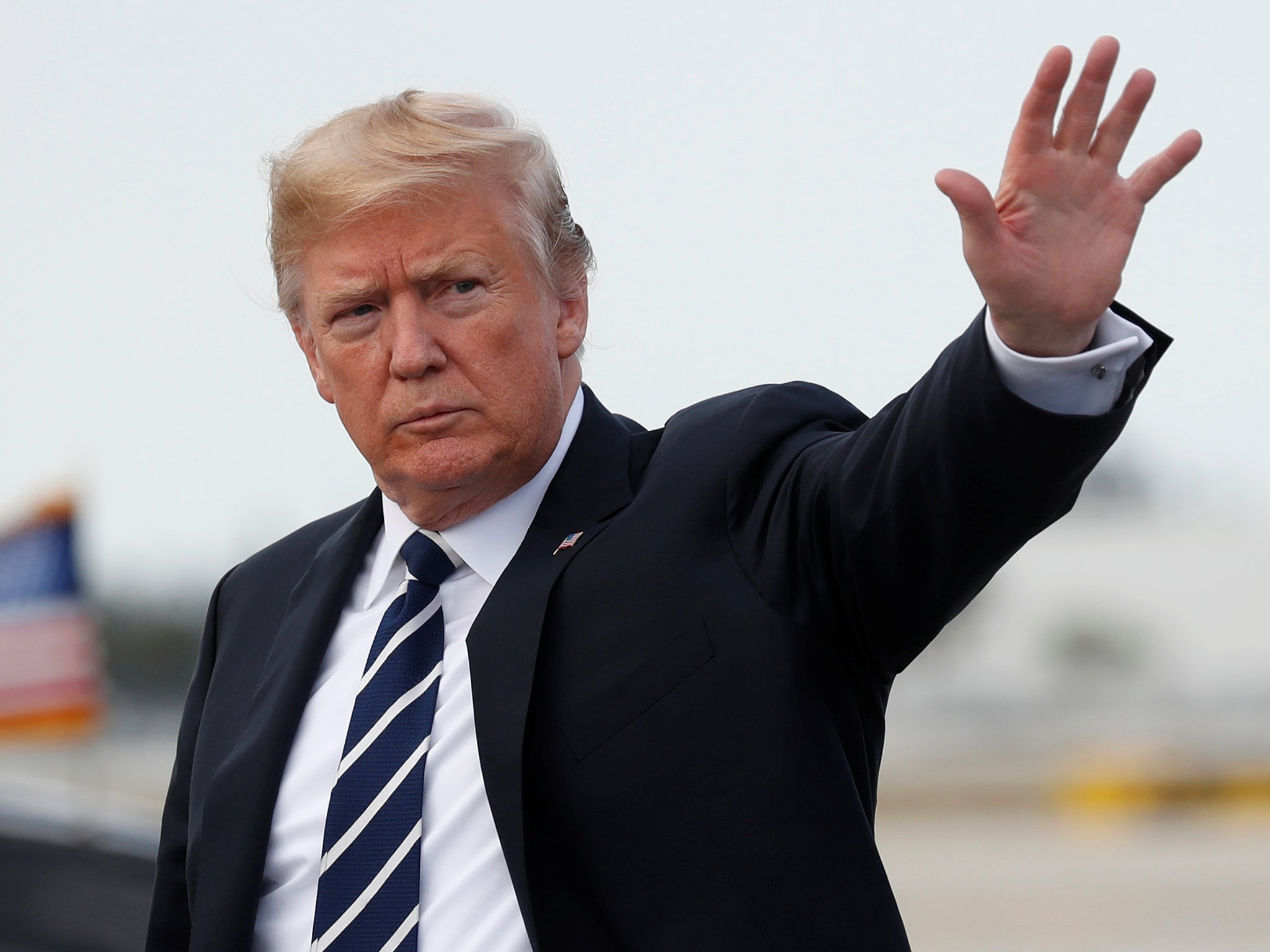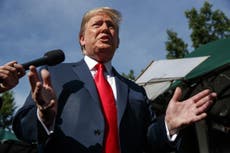Five things to look out for to understand the economic impact of Trump’s trade nationalism
Market reactions to the president's policies, both in the US and China, will help to assess the damage that might result from rising global trade tensions


Trade war fears hit financial market sentiment at the end of last week and will dominate this one too. My own view, argued here, is that what will gradually emerge from all this will be a shift in trade patterns, rather than any collapse of international trade – that the multinationals will move away from shipping goods around the world and increasingly build locally.
Cross-border investment will grow even if cross-border trade stagnates.
But that’s the long term. Trade nationalism, for that is what this really is, can cause a lot of trouble in the short term, and the issue is how serious might this be. Here are five things to look for to help us make a judgement on that.
The first two are market reactions. Share prices in developed markets had been pretty sanguine about the dangers, then suddenly got worried. What happens to the Dow matters to Donald Trump, because he has pinned much of his credibility on getting a good outcome for American business. Shares of companies directly affected – importers of steel from Canada, for example, or big exporters to China – have fallen a bit, but there has been no general movement aside from these short-term jitters.
What happens now will signal how strongly the US business community is behind the president’s policies. Up to now there has been an ambivalence, but any concerns have been more than offset by the solid performance of the economy and of share prices. The economy will continue to grow strongly for a while yet, but any weakening of share prices will indicate longer-term concerns. If the market moves sharply down in the coming weeks, that will signal an amber light – not yet a red light – for the president. If it canters on upwards, well, he can argue that business is behind him.
The other equity market to watch is Shanghai. Share prices on the exchange there are at their lowest since 2016. That is not a verdict on the dangers of a trade war with the US, or on the Chinese authorities’ reaction to US tariffs, but rather a reflection on the sharp slowing of growth of the Chinese economy. But from now on, this will give a crude measure of the assessed damage that might result from rising global trade tensions.
This is a better guide than the actions of the Chinese authorities in terms of retaliation – which they have to take if only for public relations purposes. If share prices there shrug off the fears, as I think they may, then you can say that Chinese business is sufficiently self-confident not to care, or at least that a trade tussle with the US is a second-order concern. If they react badly, then watch for the action the Chinese take to support the economy more generally.
Third, what do the US labour unions want? Historically unions have generally supported protectionism. Protecting the jobs of their members is inevitably at the top of their priorities, and the Trump aim to bring back jobs that have been offshored chimes with that. But attacking Canada has not gone down well. They have members in Canada too, and if steel and aluminium tariffs have the effect of squeezing the margins of employers, then this may not be good news either. If blue-collar America stops supporting Donald Trump, it would damage his chances of re-election, for it was of course blue-collar states such as Michigan that tipped the balance towards him in the electoral college, enabling him to win the presidency.
Next, what happens to the dollar? It weakened at the end of last week, despite the rise in US interest rates, and this was probably in reaction to rising trade concerns. The aim of the administration’s policy is to narrow the trade gap and that should be positive for the dollar. If it moves in the other direction, perhaps because of fears of Chinese retaliation, then this would be a negative signal for US policy. In the short term it does not affect what the US will do, but it would put a check on further escalation, and nudge both sides towards a deal.
Finally, what does Congress feel about being bypassed? Using national security as a justification for attacking Canada (the main loser from steel tariffs) is an obviously contrived argument, but it was the only way a president can bring in tariffs without getting the approval of congress first. Since Republicans in Congress generally incline towards free trade, more so than Democrats, it might well have been impossible to get the required legislation through. This is really a domestic political matter, not an international economic one, but if you are looking for signals about the sustainability of US trade policy, it will be domestic forces, not international ones, that force a change of tack.


Join our commenting forum
Join thought-provoking conversations, follow other Independent readers and see their replies